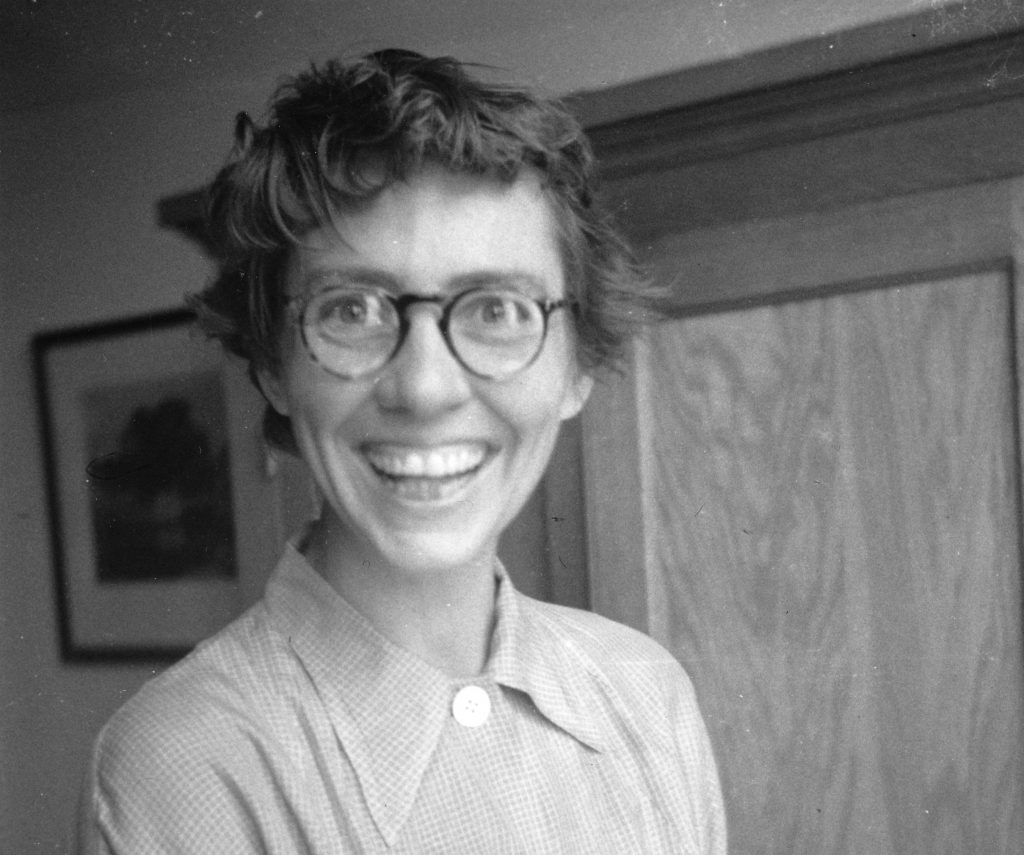Katharine “Kay” Way (1903-1995) was an American physicist and one of the Manhattan Project’s leading female scientists.
Way was born in Sewickley, Pennsylvania on February 20, 1903. After graduating from Columbia University with a B.S. in physics, she became John Wheeler’s first graduate student in nuclear physics at the University of North Carolina.
When World War II broke out, Way was a professor at the University of Tennessee, where she researched neutron sources. In 1942, after hearing rumors that a war project was underway at the University of Chicago, she called Wheeler and successfully talked her way onto the Manhattan Project.
At the Chicago Metallurgical Laboratory, Way examined neutron flux data from Enrico Fermi’s experiments with nuclear reactor designs. Her calculations contributed to the construction of Chicago Pile-1. Way also studied reactor constants and how fission products could “poison” nuclear reactors (as in the case of the sudden shutdown of B Reactor at Hanford in 1944). She visited Hanford, Oak Ridge, and Los Alamos, which historian Alex Wellerstein calls “a remarkable feat given the high levels of compartmentalization.”
Way signed the Szilard Petition. In 1945, she moved to Oak Ridge, where she continued her work on fission products and developed an interest in compiling work on nuclear data.
Concerned about the morality of the atomic bomb and its use against Japan, Way co-edited the book of essays One World or None: A Report to the Public on the Full Meaning of the Atomic Bomb in 1946. A New York Times bestseller, the book highlighed scientists’ concerns about the implications of nuclear weapons. It included contributions from Albert Einstein, Hans Bethe, Niels Bohr, J. Robert Oppenheimer, and Leo Szilard.
Later Years
After several years at Oak Ridge, Way became a physicist at the National Bureau of Standards in Washington, DC. In 1953, she created the Nuclear Data Project (NDP), an effort to organize and share vast amounts of nuclear data. Through NDP and the journals Nuclear Data Sheets and Atomic Data and Nuclear Data Tables, she made important contributions to how data is gathered, evaluated, and presented in the field of nuclear physics. From 1968-1988, Way was an adjunct professor of physics at Duke University.
Way died on December 9, 1995. In an obituary in Physics Today, colleagues remembered her as someone who “expressed herself passionately not only about the analysis of nuclear data, but also about many issues of human fairness and social justice.”
Scientific Contributions
In addition to her work on nuclear data, Way is best known for the Way-Wigner formula, which she developed with Eugene Wigner based on their work during the Manhattan Project. The Way-Wigner formula calculates the beta decay rates of fission products. Way also authored numerous papers on the liquid drop model of the nucleus, nuclear data, and beta decay.
Photo courtesy of AIP Emilio Segre Visual Archives, Wheeler Collection.





